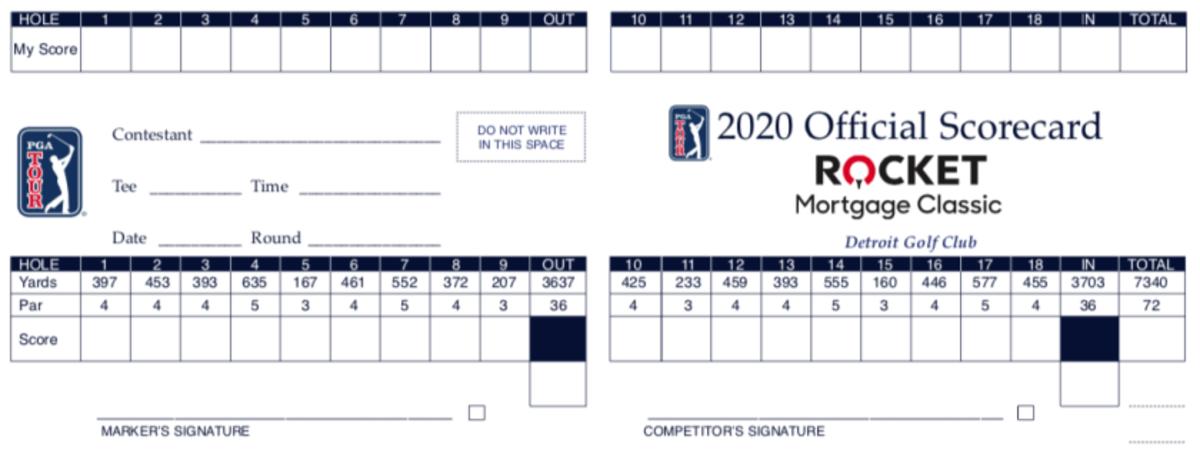2020 Rocket Mortgage Classic: Course preview of Detroit Golf Club

This Fourth of July holiday weekend, the PGA Tour will be pegging it in Michigan for the Rocket Mortgage Classic at Detroit Golf Club. This is the second year that the Donald Ross-designed gem will be hosting the event.
Detroit Golf Club was founded in 1899 by local businessman William Farrand and several associates on 45 acres of farmland on Detroit’s north side. An initial membership fee of $10 plus another $10 in dues granted members access to their modest six-hole course.
Fast forward 17 years as the club relocated to a sprawling 36-hole facility with two Ross courses, believed to be the first 36-hole club that he designed. The most prominent member at the time was automaker Henry Ford. Ross’ brother Alec, the 1907 U.S. Open champion, became the head pro in 1916 until his retirement in 1945. Quite the pedigree, no?
The course is the oldest host venue on Tour and comes from a bygone era. Though Detroit Golf Club has been beefed up to 7,340 yards in an attempt to withstand today’s power game, the length had no effect on scoring last year. After the 36-hole cut fell at 5 under, Nate Lashley shot 25 under to win by six strokes.
Holes 14-16, dubbed Area 313 after the city’s phone area code, should contribute to more low scoring.

Here are four holes to watch:
No. 1, par 4, 397 yards: This original opening hole from 1916 offers a potential quick start. Though two fairway bunkers guard the left side, a drive into the fairway should leave a wedge and a green light for birdie. Interestingly, a slanted oak tree to the right of the tee box was used as a trail marker by Native Americans traveling between present-day Detroit and Saginaw.
No. 14, par 5, 555 yards: This is a straightforward risk-reward par 5. Look for players to blast a driver down right side, with the longest of them carrying the right-hand fairway bunker, leaving a mid-to-long iron for the approach. The two-tiered green is guarded by a pond on the left and two bunkers waiting for players who bail out right.
No. 15, par 3, 160 yards: As players step onto the tee at this short (by today’s Tour standards) one-shotter, they practically will hear Donald Ross’ name whispered in their ear. A deceptively small is guarded by deep bunkers in the front and on both sides. The hole demands a precise strike for a birdie putt.
No. 16, par 4, 446 yards: It’s another hole where the modern game has changed the original strategy. Facing three fairway bunkers (two on the right, one on the left), most players traditionally would lay back short of where the bunkers pinch the fairway. Today, most players who can fly the ball more than 270 yards will elect to bomb it past the bunkers, leaving a wedge and potential kick-in birdie. Any player laying back will be left with a mid-iron approach.
Sign up to receive the Morning Read newsletter, along with Where To Golf Next and The Equipment Insider.
